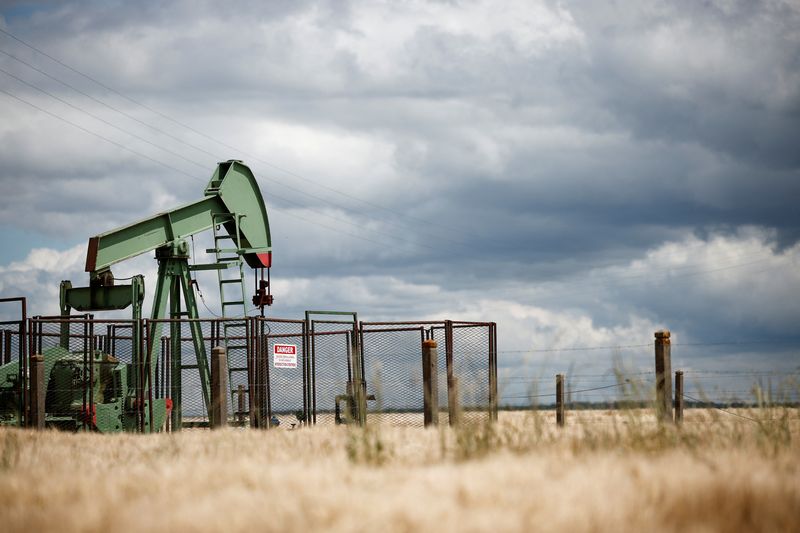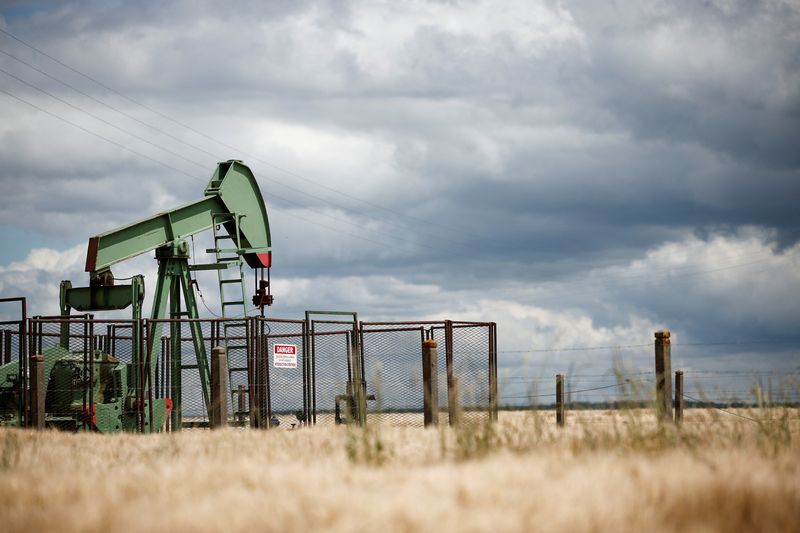
By Alex Lawler
LONDON (Reuters) -Oil prices steadied on Wednesday as uncertainty looms over what may happen next in the Middle East conflict, while an outlook for ample supply next year added downward pressure.
Crude fell more than 4% to nearly a two-week low on Tuesday in response to a weaker demand outlook and after a media report said Israel would not strike Iranian nuclear and oil sites, easing fears of supply disruptions.
Brent crude oil futures were up 18 cents, or 0.24%, at $74.43 a barrel by 1303 GMT. U.S. West Texas Intermediate crude futures gained 18 cents, or 0.26%, to $70.76.
“Ongoing geopolitical tensions, combined with weak demand projections, create an uncertain outlook for global crude prices in the near-term. Market participants are likely to remain cautious, which could lead to further volatility,” said Christopher Tahir, senior market strategist at Exness.
Concern about an escalation in the conflict between Israel and Iran-backed militant group Hezbollah still persists. Supply curbs by the Organization of the Petroleum Exporting Countries and its allies including Russia, a group known as OPEC+, remain in place until December when some members are scheduled to start unwinding one layer of cuts.
“We would be somewhat surprised if the geopolitical risk premium has disappeared for the time being,” said Norbert Ruecker of Julius Baer.
“We see the market heading towards a supply surplus by 2025,” he added.
On the demand side, OPEC and the International Energy Agency this week cut their 2024 global oil demand growth forecasts, with China accounting for the bulk of the downgrades.
Economic stimulus in China has failed to give oil prices much support. China may raise an additional 6 trillion yuan ($850 billion) from special treasury bonds over three years to stimulate a sagging economy, local media reported.
Monetary and fiscal efforts to revive the Chinese economy are proving to be a disappointment, said Tamas Varga, an analyst at oil broker PVM.

Markets also are awaiting the latest U.S. oil inventory data. The American Petroleum Institute’s report is due later on Wednesday, followed by the government’s figures on Thursday. Both reports are being published a day later than usual due to the Oct. 14 Columbus Day federal holiday.
Analysts polled by Reuters expect crude stockpiles rose by about 1.8 million barrels in the week to Oct. 11.
This post is originally published on INVESTING.






